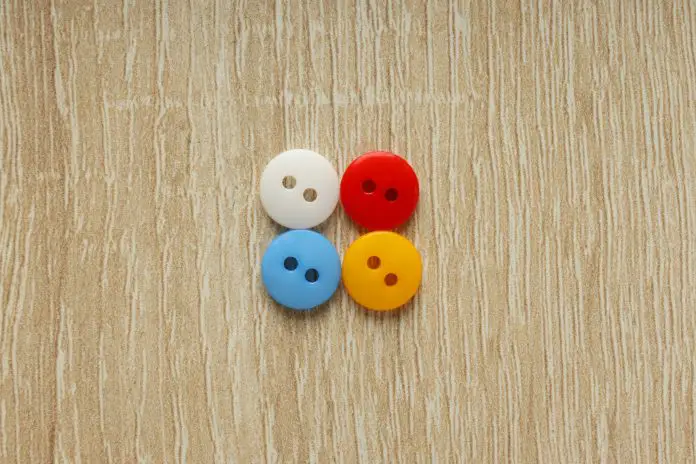Key Takeaways

- Colors significantly influence emotions, perceptions, and behaviors, making them crucial in personal and professional contexts.
- Each color evokes distinct feelings; for example, red stimulates passion, while blue promotes calmness and trust.
- Understanding cultural meanings of colors enhances branding and marketing strategies, allowing businesses to connect better with global audiences.
- Leveraging color psychology can lead to stronger visual identities and boost customer engagement for small businesses.
- The color wheel is a useful tool for creating harmonious color schemes, ensuring effective branding and marketing communication.
- Thoughtful color choices in design and branding can enhance customer experiences and influence purchasing decisions.
Colors surround you every day, influencing your mood, decisions, and even your behavior. From the calming blues of a serene sky to the energizing yellows of a bright sunflower, colors evoke powerful emotions and reactions. Understanding the psychology of colors can help you harness their effects in your personal and professional life.
Whether you’re designing a space, choosing an outfit, or crafting a marketing strategy, the colors you select can leave a lasting impression. Dive into the fascinating world of color psychology and discover how different hues can shape perceptions, enhance creativity, and even impact your well-being. Get ready to unlock the secrets of colors and their profound connection to your psyche.
Overview of Psychology of Colors

Colors play a crucial role in shaping perceptions and influencing behaviors. They affect emotions, decision-making processes, and overall experiences. Research shows that individuals associate specific colors with particular feelings or ideals.
- Red: Stimulates energy and passion, often used in marketing to create urgency.
- Blue: Evokes calmness and trust, popular among financial institutions to foster reliability.
- Green: Represents growth and harmony, making it suitable for eco-friendly brands.
- Yellow: Conveys happiness and optimism, often used to attract attention in advertisements.
- Purple: Signifies luxury and creativity, appealing to premium product lines.
- Orange: Encourages enthusiasm and warmth, frequently utilized in call-to-action buttons.
- Black: Denotes sophistication and elegance, used in high-end fashion.
Understanding these associations helps small businesses enhance their marketing strategies. By choosing the right colors for branding, you can create a strong visual identity that resonates with your target audience.
The Impact of Colors on Emotions
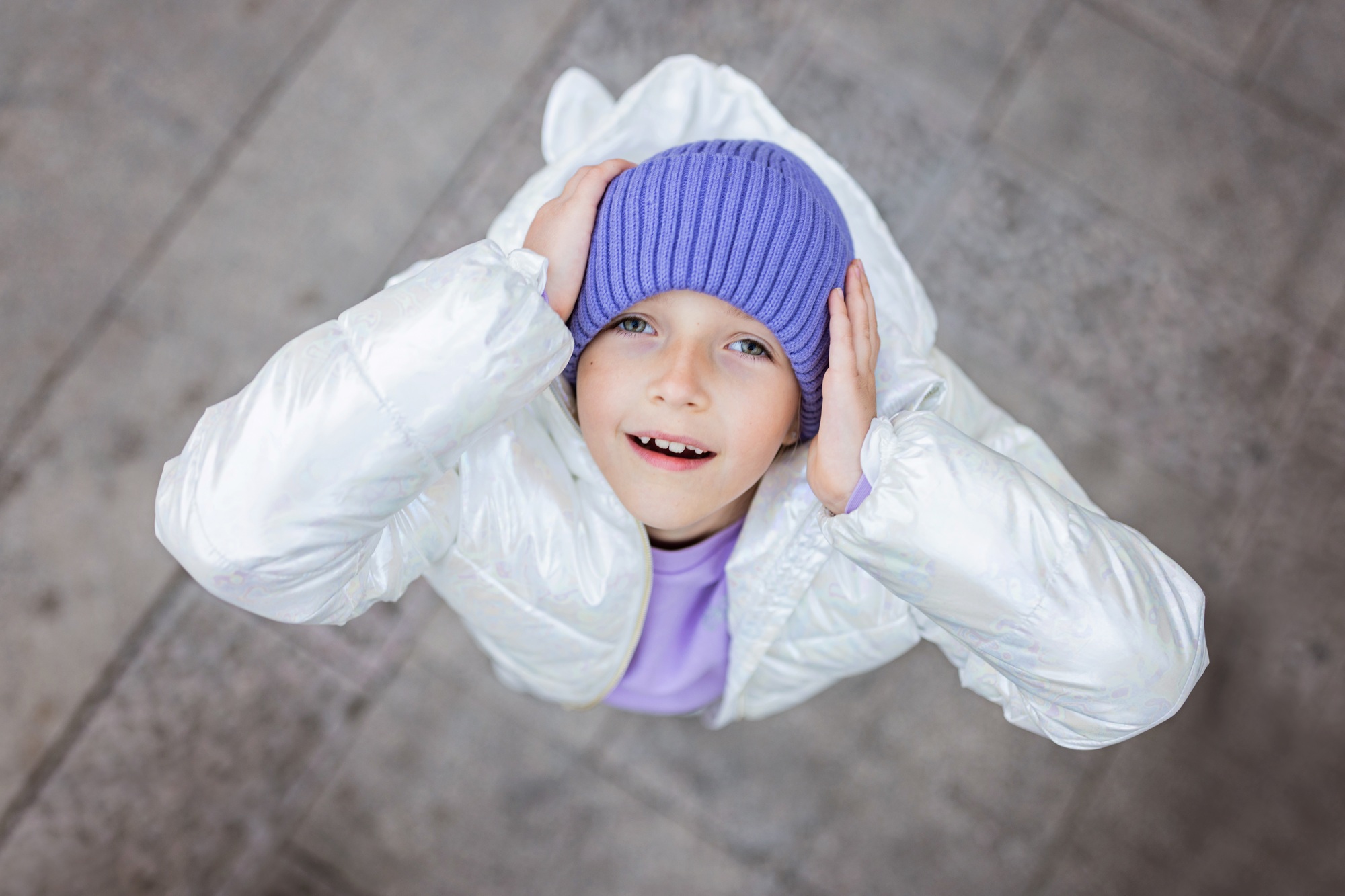
Colors significantly influence emotions and behaviors, making color psychology crucial for marketing strategies in small businesses. Understanding these emotional responses helps you create effective branding and marketing materials.
Warm Colors and Their Effects
Warm colors, including red, yellow, and orange, stimulate energy and evoke strong emotions.
- Red: Red signifies passion and strength, often linked to feelings of anger or love. It can increase metabolism and raise blood pressure. Using red in marketing can draw immediate attention and provoke strong reactions.
- Yellow: Yellow represents positivity and happiness. It stimulates memory and cognitive function but can irritate if overused. Incorporating yellow in your branding can create an inviting atmosphere that entices customers.
- Orange: Orange embodies optimism and enthusiasm. It promotes energy and liveliness, making it the most stimulating color. Utilizing orange can increase excitement in your marketing campaigns, attracting more customers to your small business.
Cool Colors and Their Effects
Cool colors, such as blue, green, and purple, create calming and soothing emotions.
- Blue: Blue is associated with trust, reliability, and calmness. It can lower heart rates and reduce feelings of anxiety. Businesses that use blue in their branding can foster a sense of loyalty and dependability among their customers.
- Green: Green symbolizes growth, balance, and harmony. It promotes relaxation and tranquility. Integrating green into your marketing can convey a commitment to sustainability and health, appealing to eco-conscious consumers.
- Purple: Purple represents luxury and creativity. It’s often linked to innovation and imagination. Employing purple in your branding can create a sense of elegance, attracting high-end clientele and enhancing your brand’s prestige.
Cultural Significance of Colors
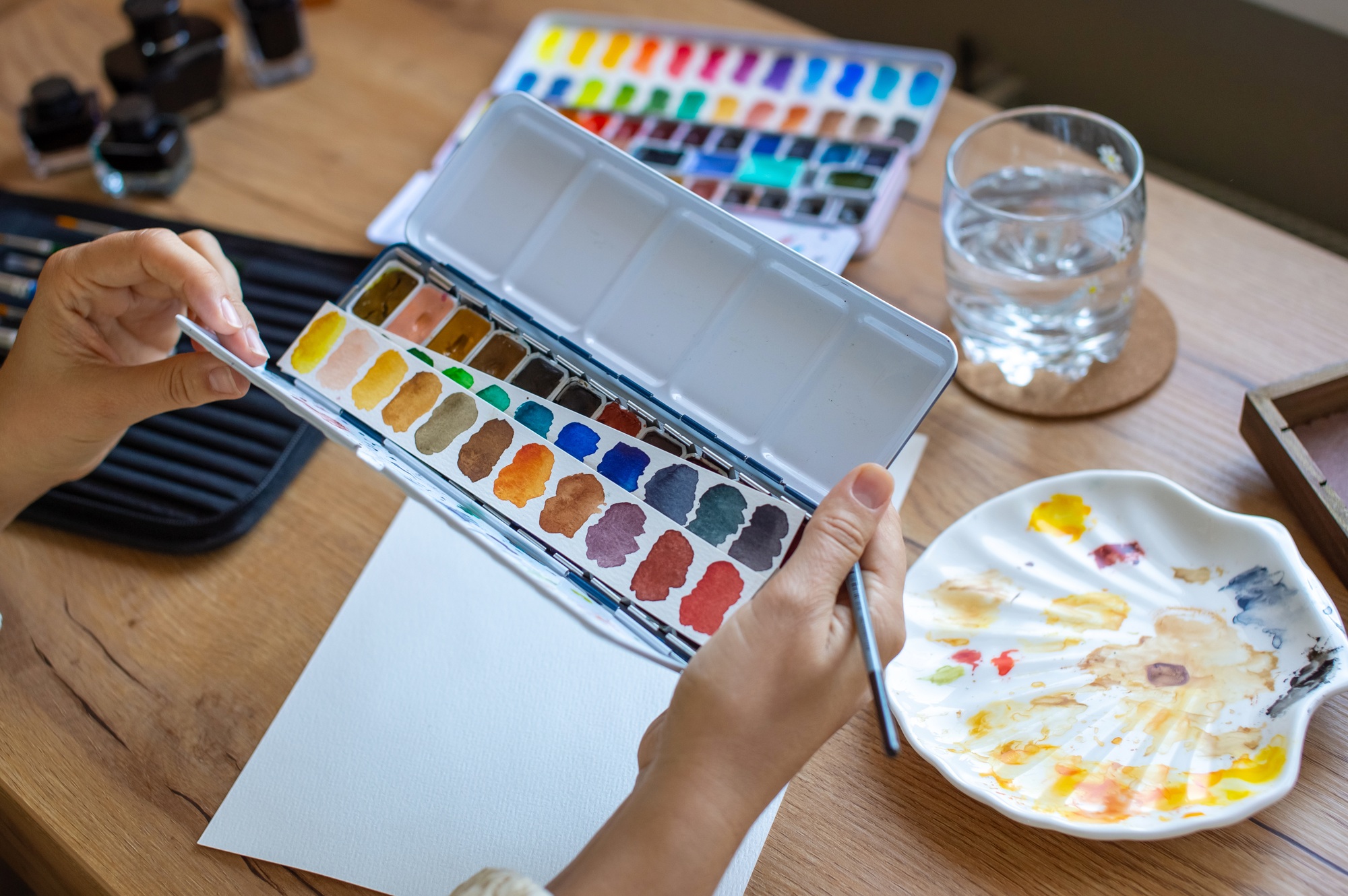
Colors carry varied meanings across cultures, influencing emotional responses and perceptions significantly. Understanding these associations is vital for small businesses in crafting effective marketing strategies.
Color Associations in Different Cultures
- Red: In Western cultures, red signifies passion, love, and excitement. In contrast, Asian cultures view red as a symbol of luck, prosperity, and happiness. In Indian culture, red relates to wealth, power, and purity, while in South Africa, it signifies mourning and sacrifices. In Chinese culture, wearing red during the New Year and significant events brings luck and prosperity.
- Yellow: In Western cultures, yellow embodies warmth, happiness, and optimism. On the other hand, Eastern cultures link yellow to courage and spirituality. In China, yellow holds strong historical significance and connects to various themes, including pornography.
The Role of Color in Branding
Choosing the right colors in branding enhances your connection with customers. Colors evoke emotions and can differentiate your small business in a competitive market. For example, using red can instill energy and excitement, while blue might evoke trust and reliability. Selecting colors aligned with cultural significance not only strengthens your brand identity but also increases customer engagement by resonating with their values and emotions.
Psychological Theories Related to Colors
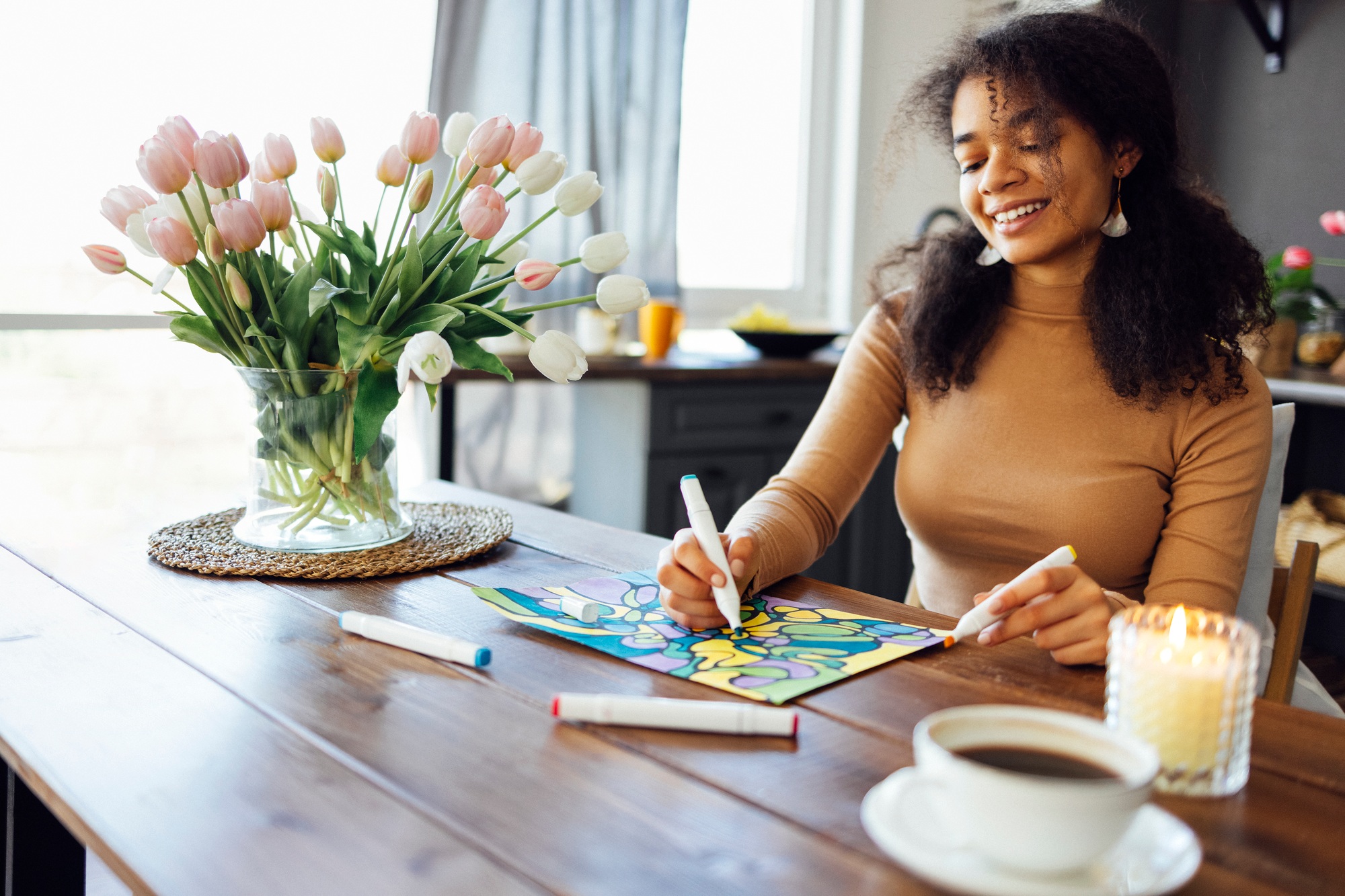
Colors significantly influence human behavior, emotions, and perceptions. Understanding these psychological theories can enhance marketing strategies, particularly for small businesses.
The Color Wheel and Its Uses
The color wheel is a visual representation that helps you understand color relationships. Primary colors include red, blue, and yellow. Secondary colors, formed by mixing primary colors, include green, orange, and purple. Tertiary colors result from mixing primary and secondary colors. You can use the color wheel to create harmonious color schemes, which are crucial for effective branding in small business marketing. Analogous colors, such as blue, green, and turquoise, create a serene atmosphere. Complementary colors, including red and green, generate high contrast, capturing attention. Utilizing these relationships strategically helps your marketing materials resonate with your audience.
Color Psychology in Marketing
Color psychology plays a vital role in marketing, as colors evoke specific emotions and behaviors. Small businesses can leverage this knowledge to create compelling brand identities. For instance, using red stimulates feelings of excitement and urgency, which can be beneficial for promotions. Blue fosters trust and calmness, ideal for businesses wanting to establish reliability. Green symbolizes growth and harmony, making it suitable for eco-friendly brands. Yellow promotes happiness and optimism, catching the eye of potential customers. By carefully selecting colors based on these psychological effects, you can enhance your marketing initiatives, strengthening your brand’s visual appeal and connection with your target audience.
Practical Applications of Color Psychology

Understanding color psychology allows for significant applications in various fields. By leveraging color choices, you can improve emotional responses and enhance branding.
Color Choices in Interior Design
Color selection in interior design affects mood and behavior. For instance, warm colors like red and orange energize spaces, making them suitable for dining areas or creative workspaces. Cool colors such as blue and green promote tranquility, ideal for bedrooms or relaxing environments. Using specific colors strategically can enhance customer experiences in small business settings, inviting clients to engage more with the service or product offerings.
Color Use in Art and Fashion
Art and fashion utilize color psychology to convey emotions and identities. Artists intentionally select colors that evoke specific sentiments; for example, vibrant colors can stimulate excitement and energy, while softer hues may reflect calmness or sophistication. In fashion, colors influence consumer perceptions and buying habits. Brands often use colors like black for elegance or blue for trustworthiness. For small businesses, selecting the right colors in their product lines or clothing can attract the desired audience, reinforcing brand identity and enhancing market appeal.
Conclusion

Understanding the psychology of colors empowers you to make informed choices in various aspects of life. Whether you’re designing a marketing campaign or redecorating your space, the right colors can evoke desired emotions and reactions. By harnessing these insights, you can enhance your brand’s identity and create meaningful connections with your audience.
Colors are more than just visual elements; they carry emotions and cultural significance that influence perceptions. As you navigate through your personal and professional endeavors, consider how color choices can shape experiences and drive engagement. Embrace the power of color psychology and watch how it transforms your approach to communication and creativity.
Frequently Asked Questions
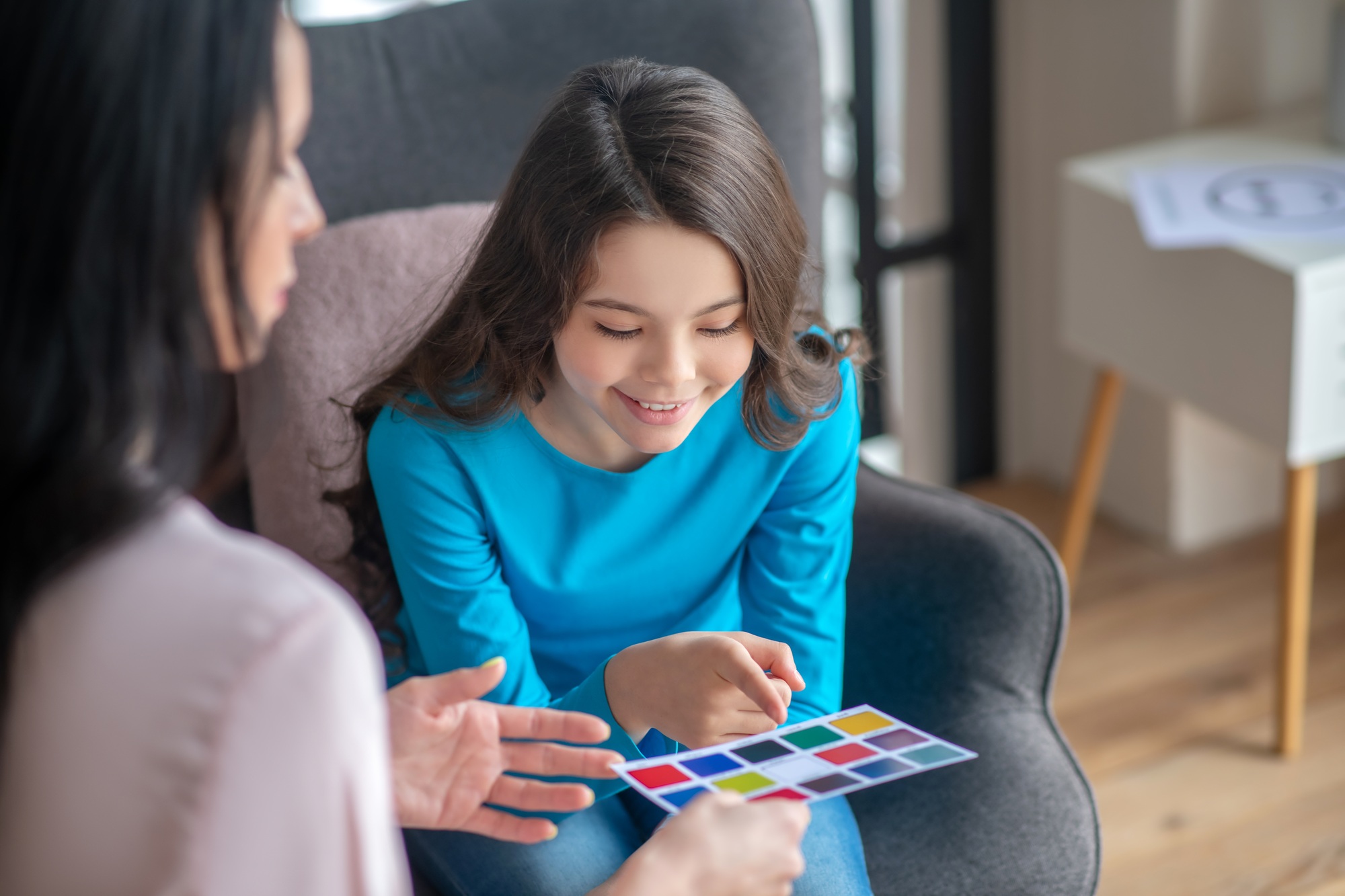
What is color psychology and why is it important?
Color psychology is the study of how colors influence human emotions, behaviors, and perceptions. It’s important because understanding these effects can help businesses, designers, and marketers make informed choices that enhance user experience and brand identity.
How can colors affect our emotions?
Colors can evoke different feelings and moods. For example, warm colors like red and yellow can stimulate energy and excitement, while cool colors like blue and green promote calmness and relaxation.
What role do colors play in marketing?
Colors are crucial in marketing as they create emotional connections with consumers. For instance, blue builds trust, while red can stimulate urgency. Choosing the right colors can significantly enhance brand recognition and customer engagement.
How do cultural differences affect color meaning?
Colors hold different meanings across cultures. For example, red signifies passion in Western cultures but represents luck in Asian cultures. Understanding these cultural nuances helps businesses connect effectively with diverse audiences.
What are warm and cool colors?
Warm colors include shades like red, orange, and yellow, which evoke energy and warmth. Cool colors, such as blue, green, and purple, promote calmness and tranquility. Both can be strategically used in design and marketing.
How can small businesses benefit from color psychology?
Small businesses can enhance their branding and marketing by selecting colors that resonate with their target audience’s emotions and values. This connection can lead to increased engagement and brand loyalty.
What is the color wheel and how is it used?
The color wheel is a visual tool that illustrates the relationships between colors, including primary, secondary, and tertiary colors. It helps designers and marketers choose harmonious color schemes for effective branding.
How does color selection affect interior design?
Color selection in interior design impacts mood and behavior. Warm colors energize a space, while cool colors promote calmness. Thoughtful color choices can improve customer experiences in business environments.
Can color choices influence fashion trends?
Yes, color choices in fashion significantly influence trends and consumer perceptions. Designers utilize color psychology to convey emotions and foster brand identity, affecting how collections are received by the market.
Image Via Envato: Zinkevych_D, tanitost, schum45, dasha11, alexandrabeganskaya, alinabuphoto, fotojv, AtlasComposer


